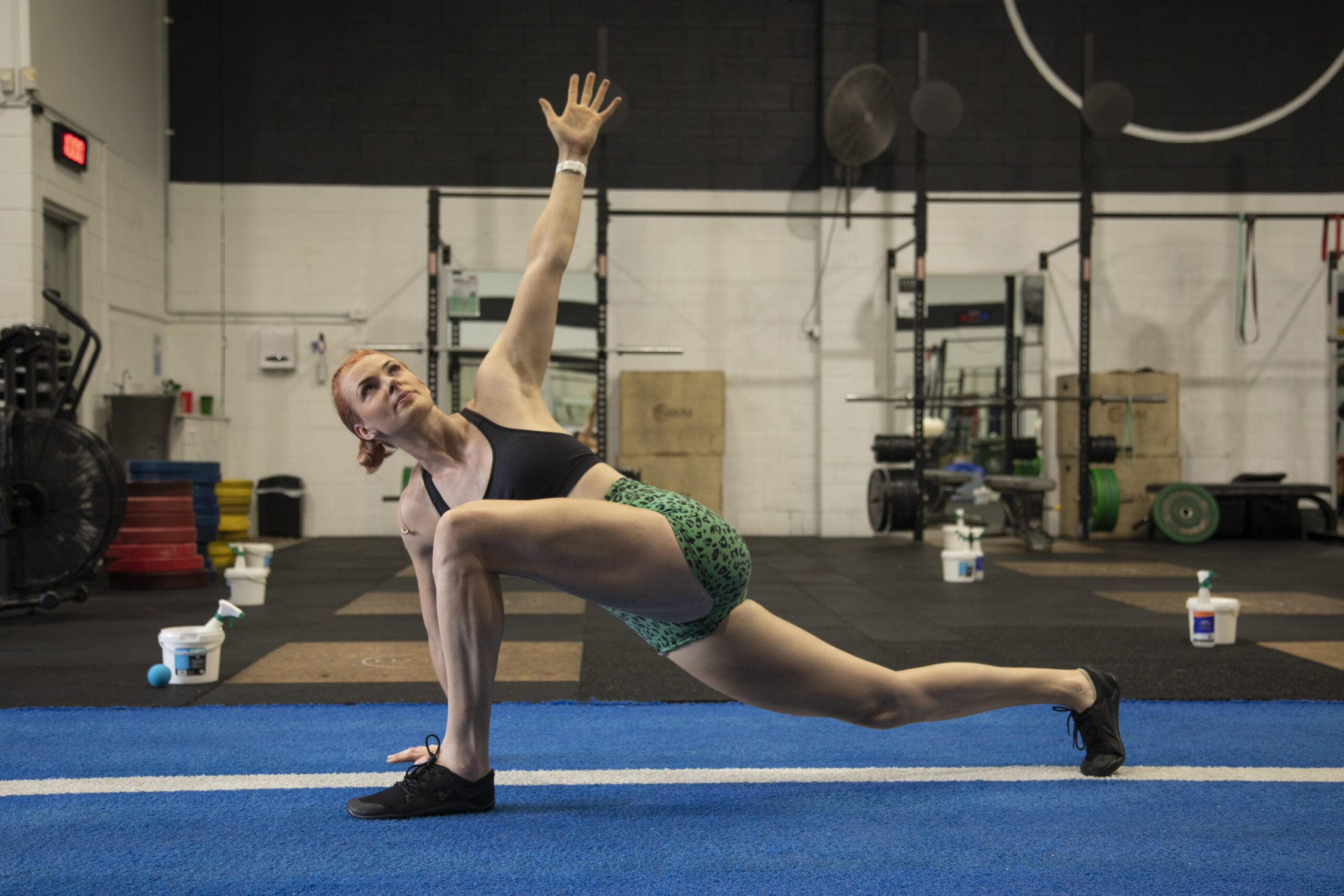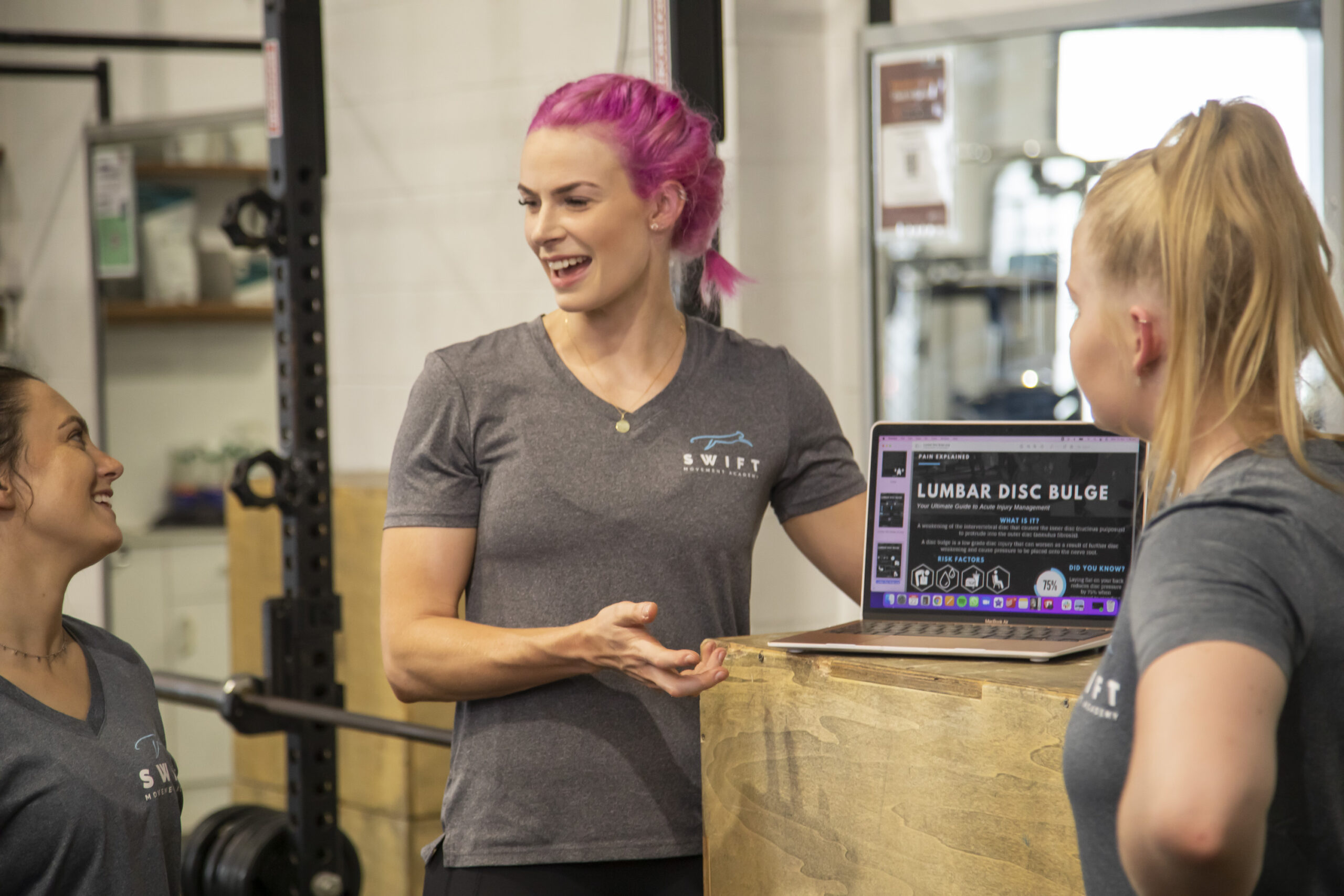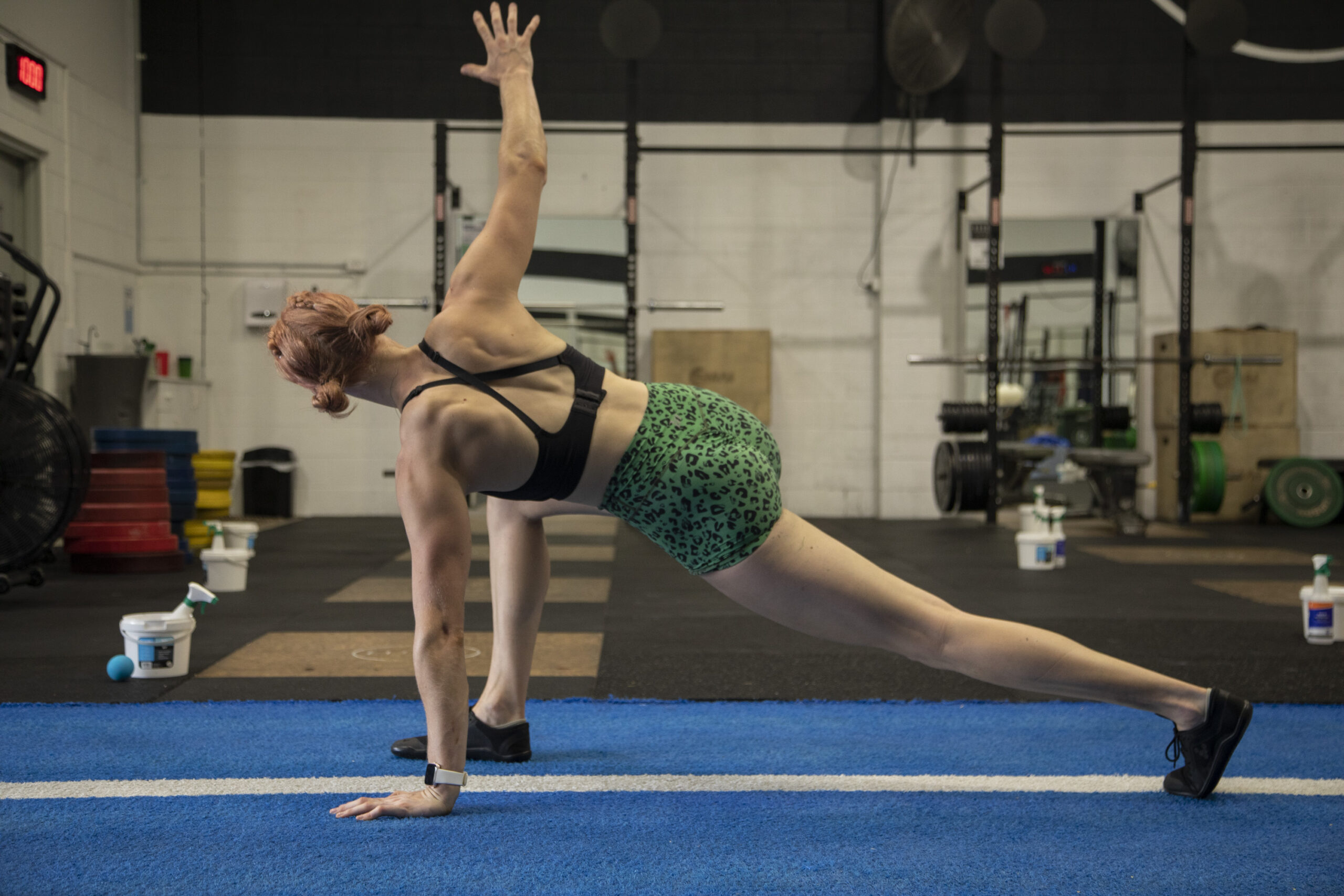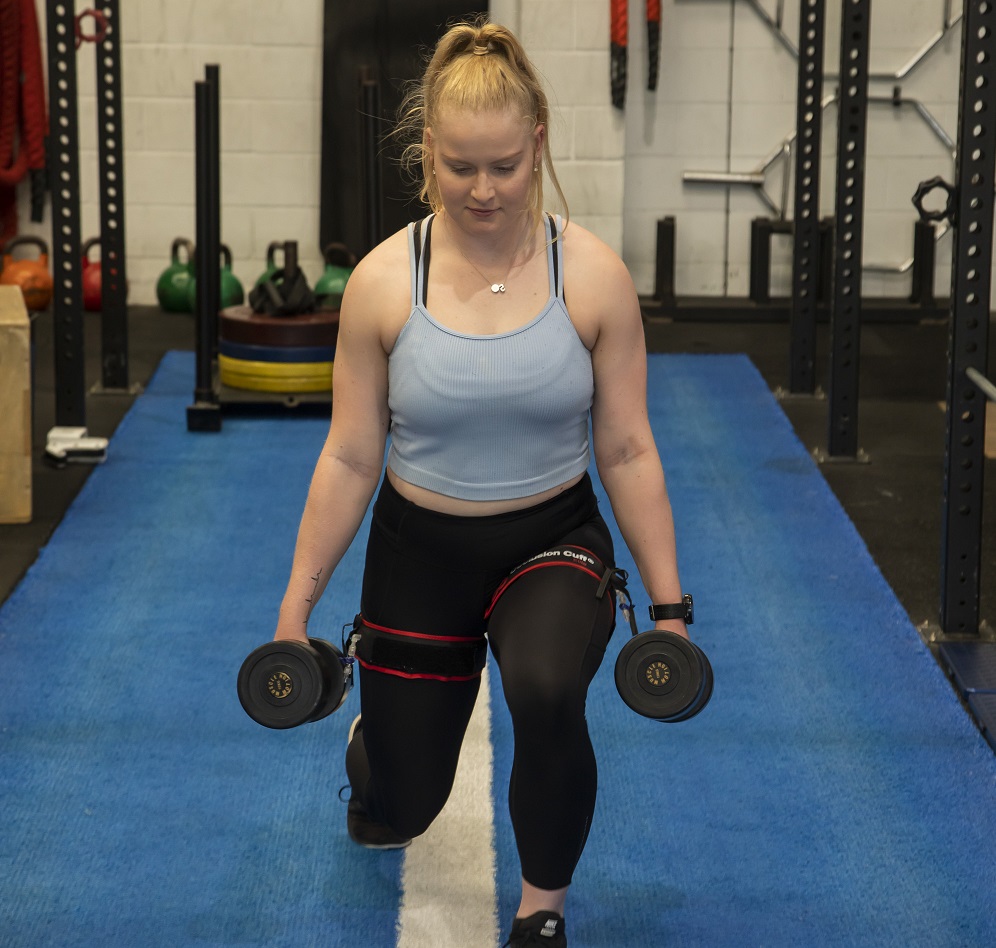Dealing with back pain can be challenging, but you’re not alone. It’s a prevalent issue that can significantly impact your daily life. Whether you’re struggling with persistent discomfort or sharp, debilitating pain, finding effective ways to manage and recover is crucial. Seeking guidance from a rehab expert can provide valuable insights. In this article, we’ll explore three expert-backed tips to help you alleviate back pain and improve your overall well-being.
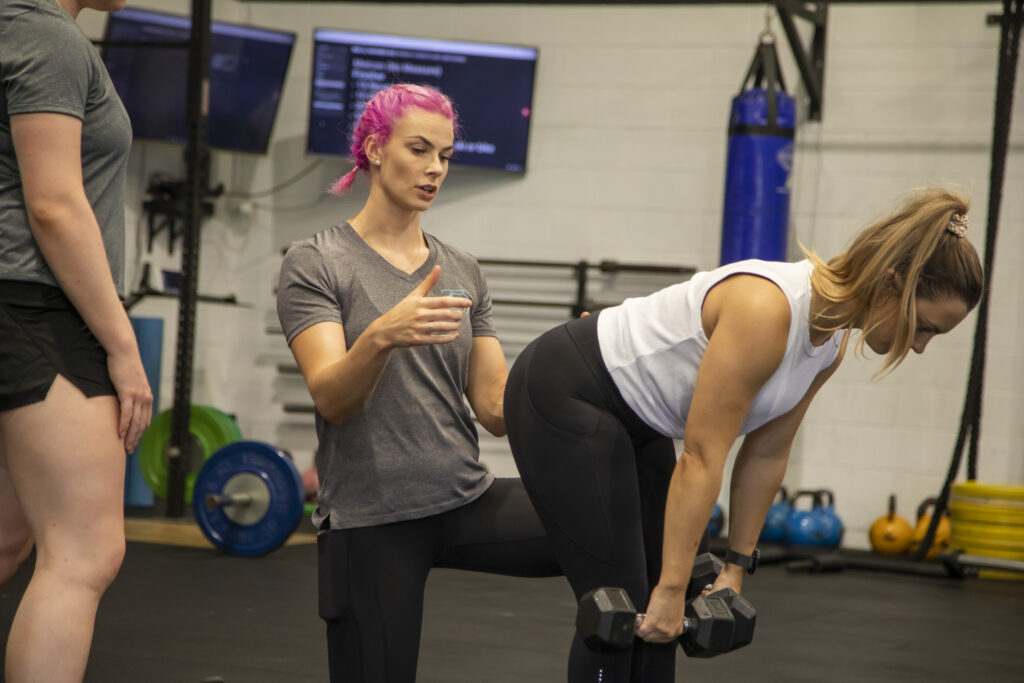
Understanding Back Pain
Back pain can stem from various causes, including muscle strains, disc injuries, spinal stenosis, and/or poor posture. Factors like sedentary lifestyles, obesity, and occupational hazards can also contribute to its development. The intensity of the pain can range from mild to severe, affecting mobility, sleep quality, and emotional well-being.
Tip 1: Correct Your Posture and Enhance Ergonomics
Maintaining proper posture is vital for supporting your spine and reducing the risk of back pain. Whether you’re sitting, standing, or lifting objects, practising good alignment and body mechanics is key.
Sitting with the correct posture is crucial. Keep your feet flat on the floor, ensuring your knees form a 90-degree angle. Sit upright, avoiding slouching or hunching forward. Consider using a lumbar roll or cushion to support the natural curve of your lower back. Adjust your chair and monitor height to maintain eye-level contact, minimising strain on your neck and upper back.
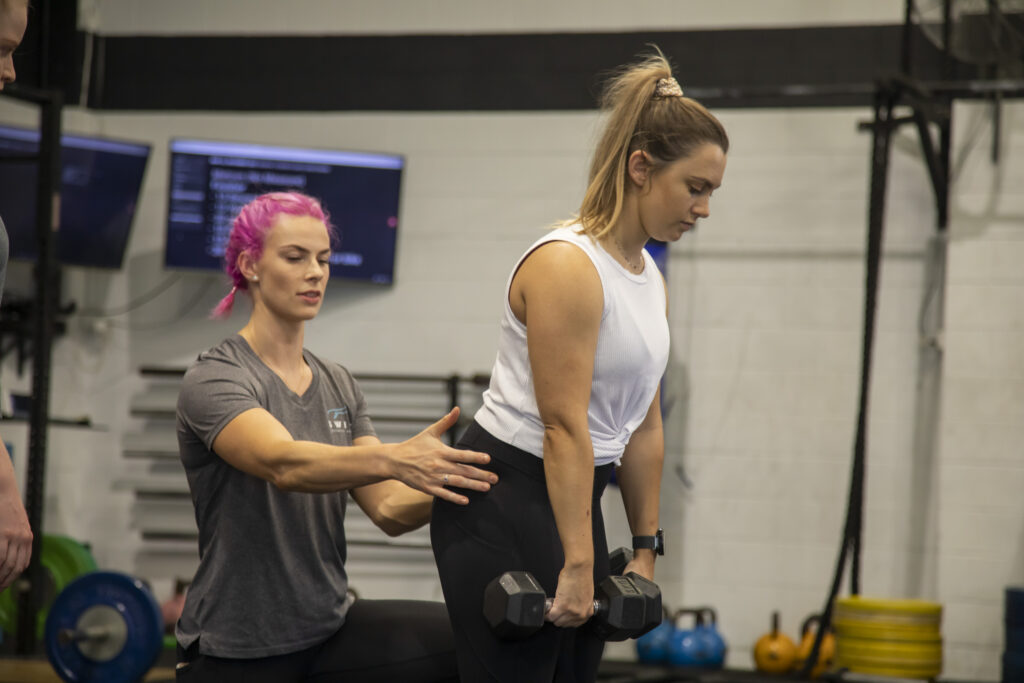
When standing, distribute your weight evenly on both feet, with a slight bend in your knees. Engage your core muscles to support your spine and avoid locking your knees or arching your back. If you have to stand for prolonged periods, take regular breaks and consider using a footrest or an anti-fatigue mat for added support.
Optimising ergonomics, particularly in the workplace, plays a significant role in preventing back pain.
Proper lifting techniques are essential to protect your back from injuries. When lifting heavy objects, bend from your hips and knees instead of your back. Hold the load close to your body and use your leg and hip muscles to lift, rather than straining your back. If necessary, seek assistance or use lifting aids to reduce the strain on your spine.
Optimising ergonomics, particularly in the workplace, plays a significant role in preventing back pain. Adjust your chair, desk, and computer setup to promote proper posture and reduce strain on your back and neck. Incorporate ergonomic tools such as standing desks, adjustable chairs, or keyboard trays to create a comfortable and supportive work environment.
Tip 2: Incorporate Regular Exercise and Stretching
Engaging in regular exercise and integrating stretching into your routine can provide significant relief for back pain. Exercise helps strengthen your back and core muscles, enhancing spinal stability and reducing the risk of pain flare-ups.
Low-impact aerobic exercises like walking, swimming, or cycling are excellent choices. They increase blood flow, promote healing, and maintain overall fitness. Aim for at least 30 minutes of these activities most days of the week for long-term benefits.
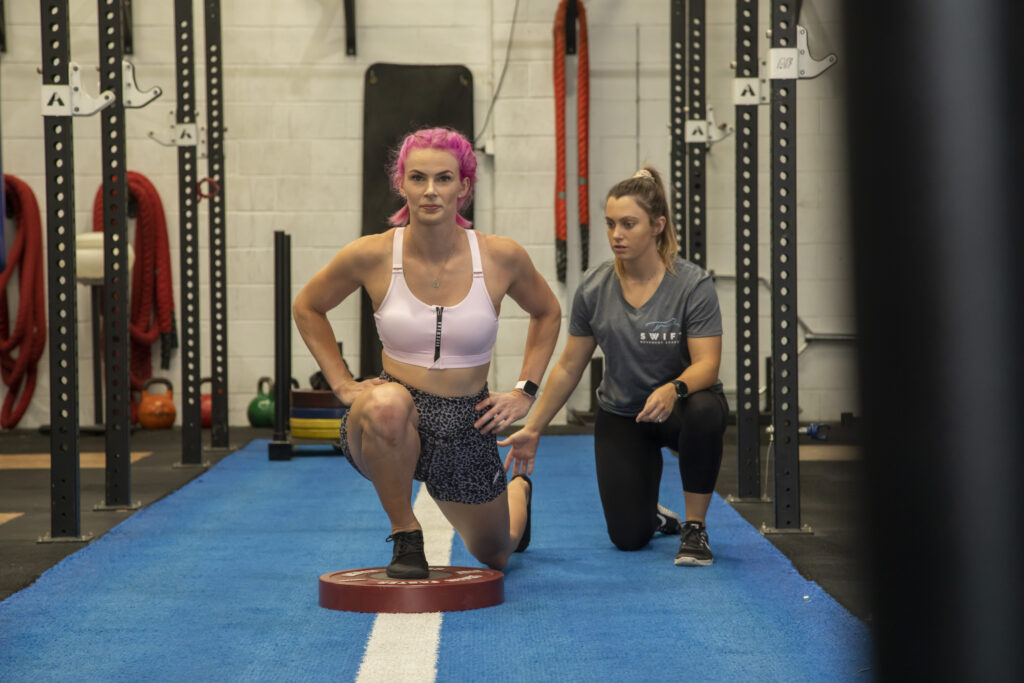
Specific exercises targeting the back and core muscles are highly effective:
- Glute bridge Exercise: Lie on your back with your knees bent and feet flat on the floor. Lift your hips off the ground, creating a straight line from your knees to your shoulders. Hold for a few seconds, then slowly lower your hips back down. Repeat for 10-15 repetitions.
- Bird Dog Exercise: Begin on your hands and knees, with your hands directly beneath your shoulders and knees beneath your hips. Extend one arm forward while simultaneously extending the opposite leg backward. Keep your back straight and avoid arching. Hold for a few seconds, then switch sides. Perform 10-15 repetitions on each side.
Conclusion
By following these expert tips, you can take proactive steps toward managing and alleviating back pain. Embrace the changes in your posture, incorporate regular exercise, and prioritise your well-being. Remember, it’s important to consult with a rehabilitation expert or healthcare professional to customise your approach and ensure it aligns with your specific needs and limitations. With patience, consistency, and professional guidance, you can find relief from back pain and regain control over your life.
- American Academy of Orthopaedic Surgeons. (2019). Low back pain. OrthoInfo. https://orthoinfo.aaos.org/en/diseases–conditions/low-back-pain
- Mayo Clinic Staff. (2021). Back pain. Mayo Clinic. https://www.mayoclinic.org/diseases-conditions/back-pain/symptoms-causes/syc-20369906
- National Institute of Neurological Disorders and Stroke. (2020). Low back pain fact sheet. National Institute of Neurological Disorders and Stroke. https://www.ninds.nih.gov/Disorders/Patient-Caregiver-Education/Fact-Sheets/Low-Back-Pain-Fact-Sheet
- Robinson, H. S., et al. (2019). Effectiveness of exercise‐ versus manual therapy‐based physical therapy interventions for hip osteoarthritis: A systematic review and meta‐analysis of randomised controlled trials. Journal of Manual & Manipulative Therapy, 27(1), 32–42. https://doi.org/10.1080/10669817.2018.1480407
- Sahrmann, S. A. (2002). Diagnosis and treatment of movement impairment syndromes. Mosby.
- Taimela, S., et al. (1999). The role of physical exercise and inactivity in pain recurrence and absenteeism from work after active outpatient rehabilitation for recurrent or chronic low back pain: A follow-up study. Spine, 24(10), 978–984. https://doi.org/10.1097/00007632-199905150-00006

